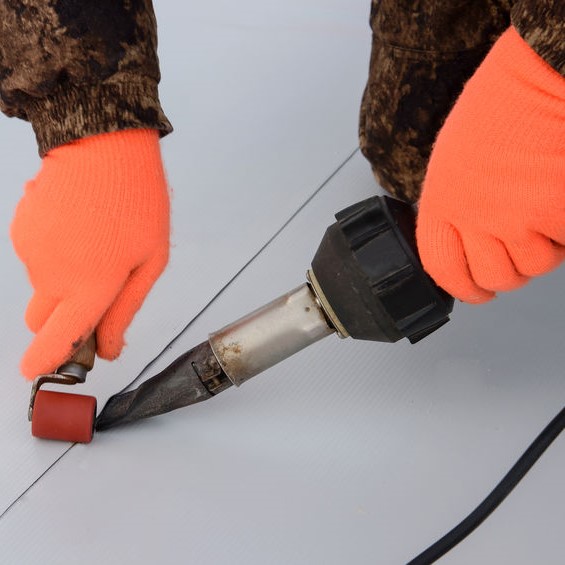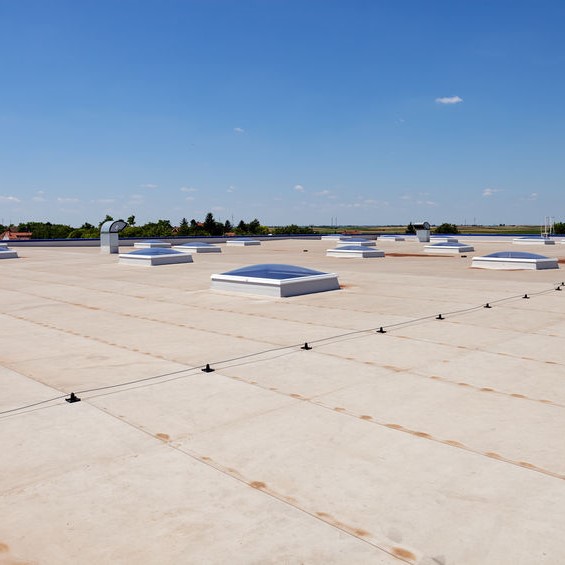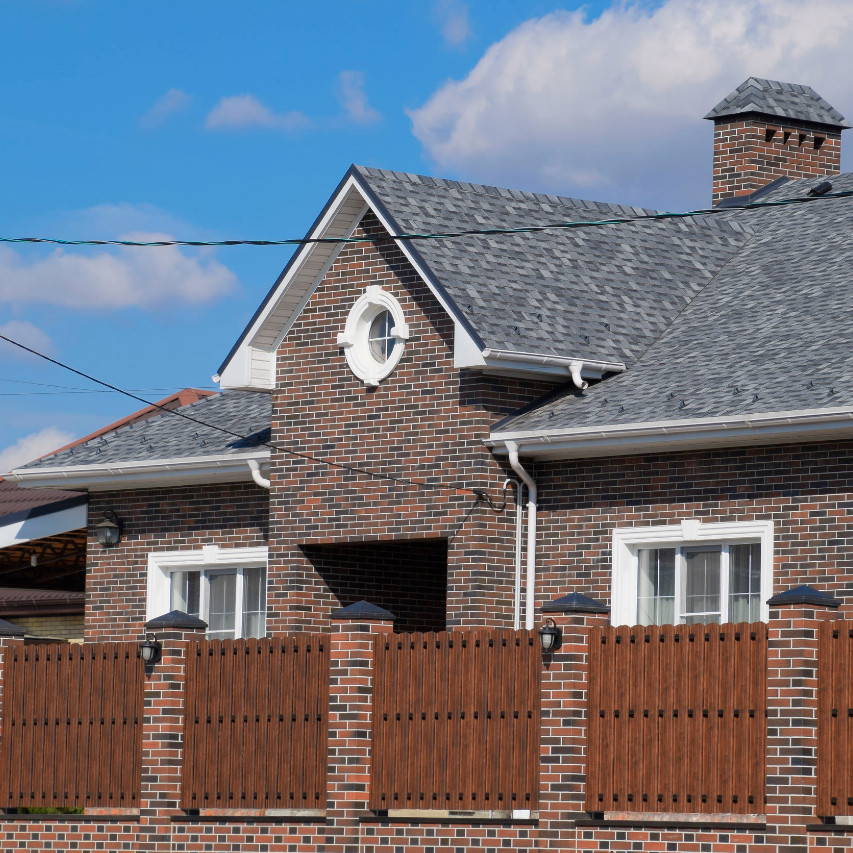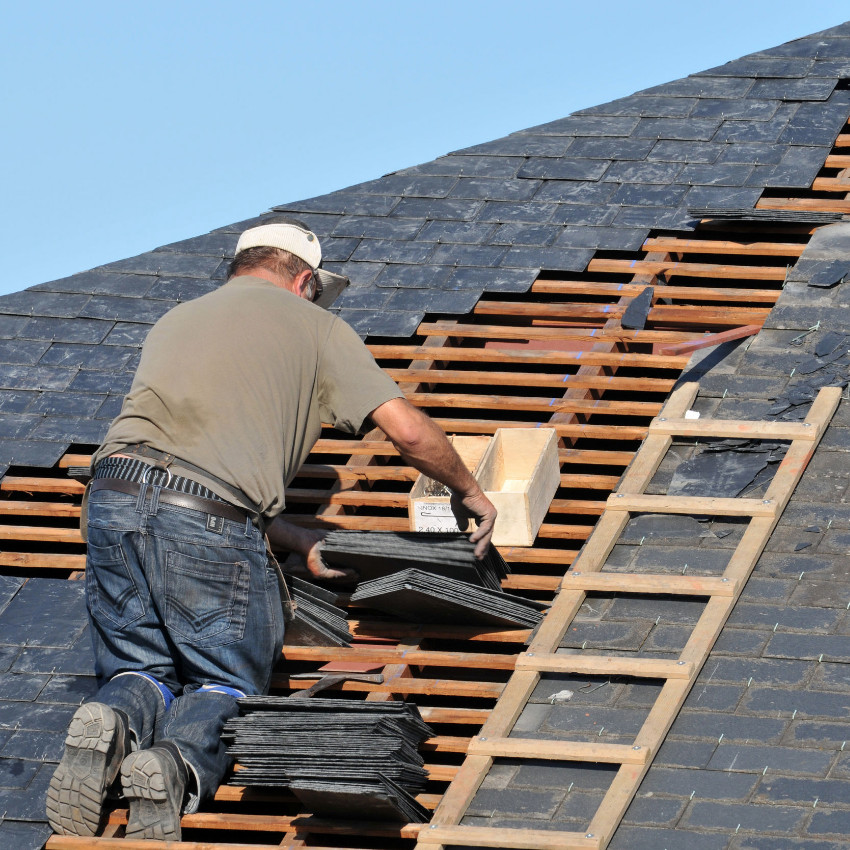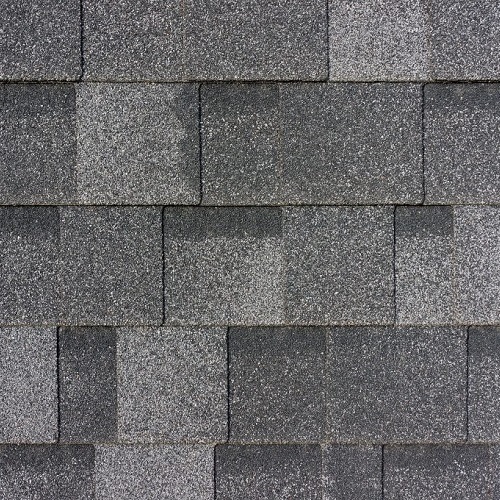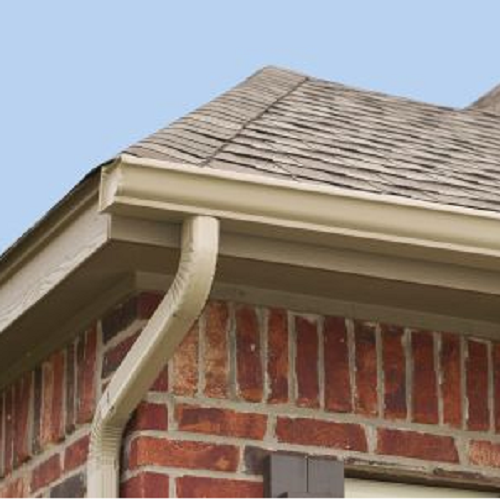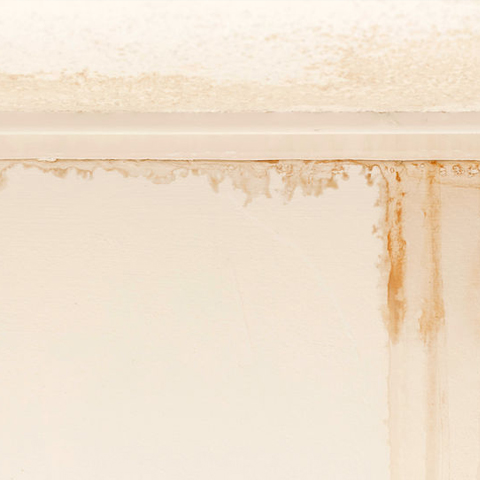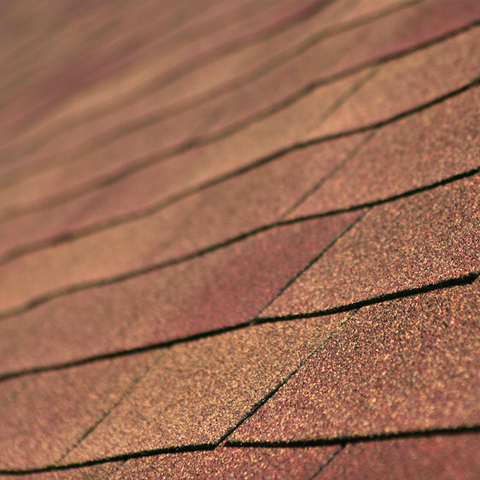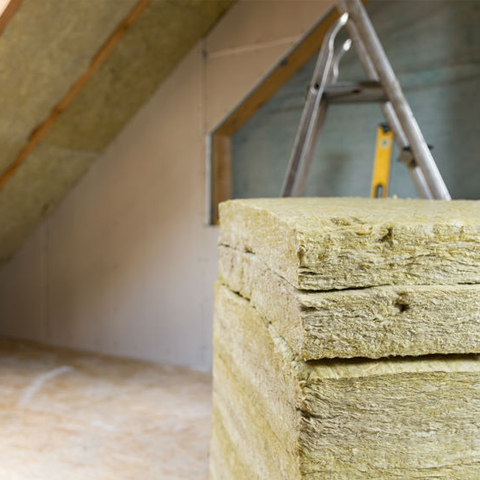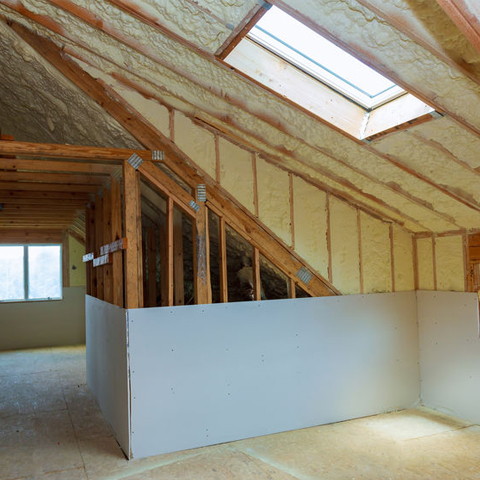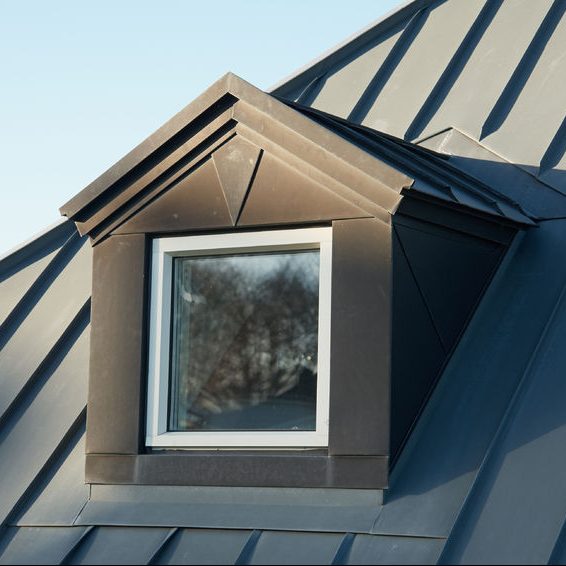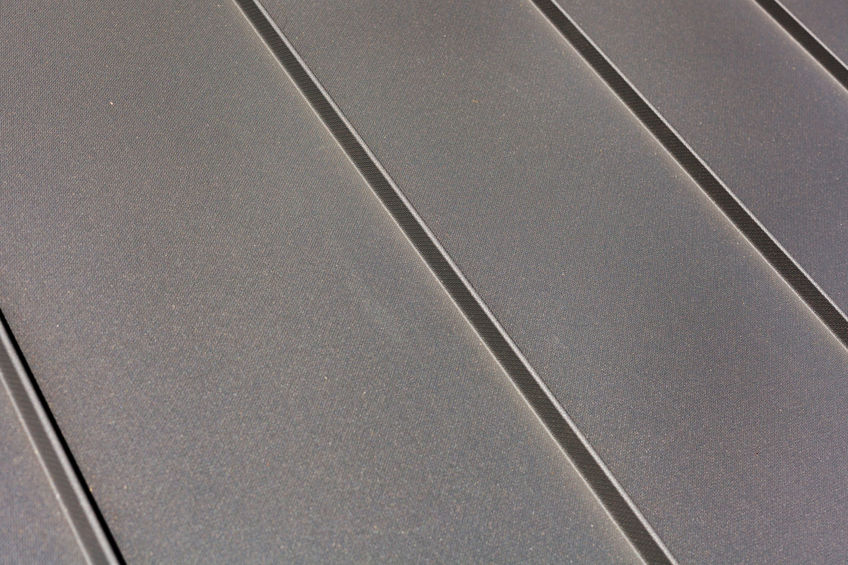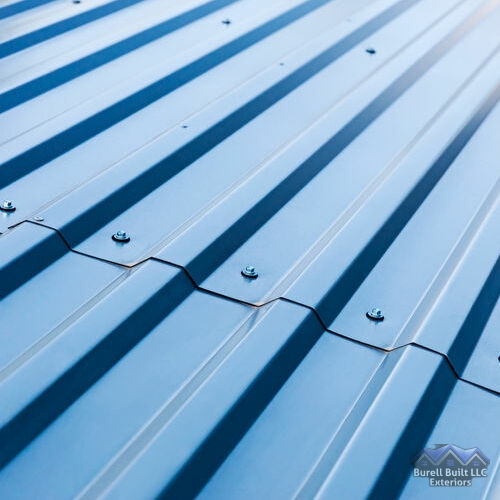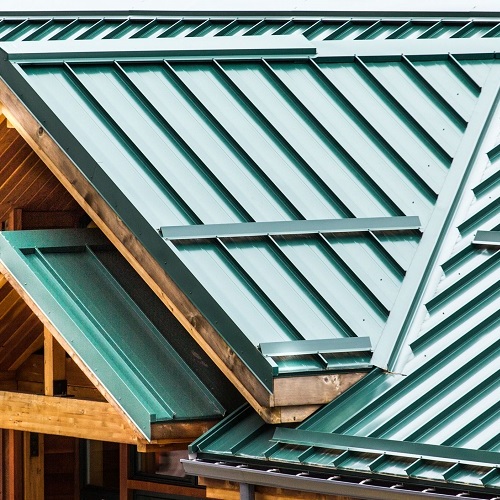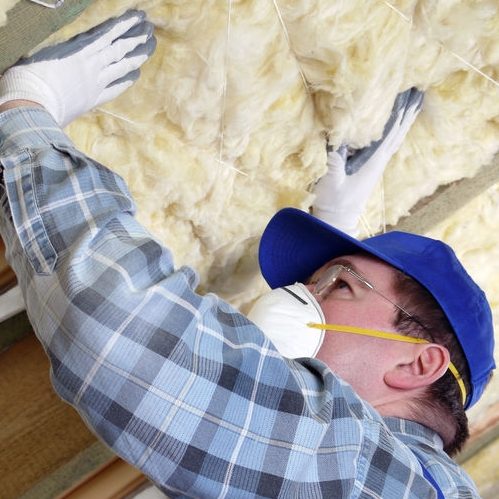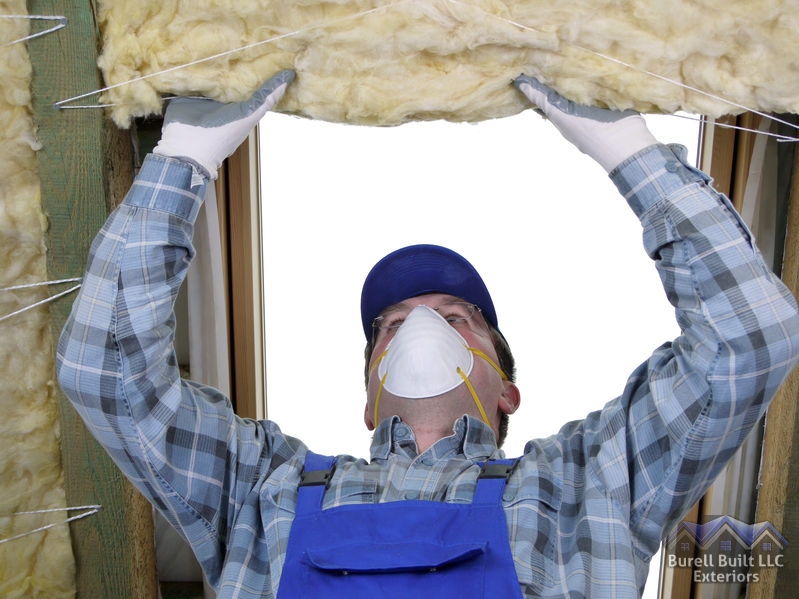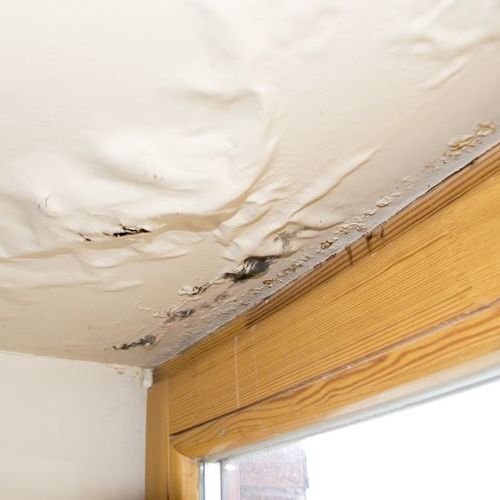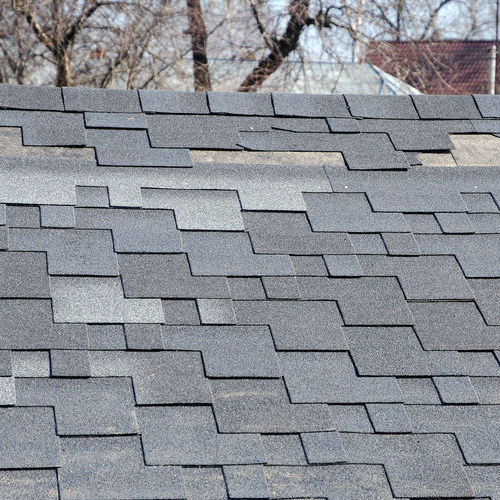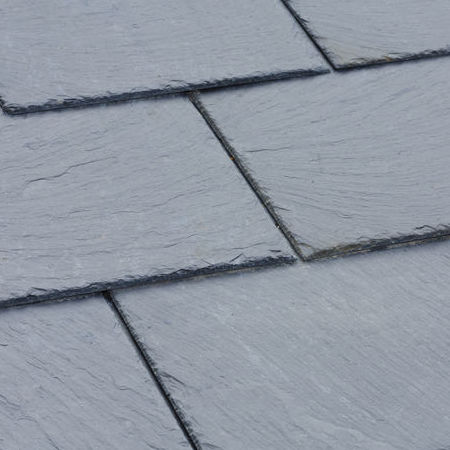
How Many Years Does a Slate Roof Last?
Slate roofing is a very reliable and high-quality style of roofing that many homeowners admire. Yet the question remains: exactly how many years does a slate roof last? According to a leading authority on slate roofs, hard slate is reputed to last anywhere from seventy-five to two-hundred years. Alternatively, soft slate will only last fifty to one-hundred and twenty-five years. Either way, the chances are that once a homeowner chooses to install a slate roof on their home, it will not need to be replaced again during their lifetime. This fact alone makes slate roofs very interesting for many homeowners. Additionally, slate roofs are considered luxury materials, which makes them highly sought after.
Are Slate Roofs Good?
There are many reasons why slate roofs are considered to have a wealth of benefits. One of these reasons is due to the fact that slate tiles are completely fireproof. In an environment where wildfires are common, slate roofs possess a unique advantage. Slate roofs also display great weather resistance, which means they perform well in the wake of high-speed winds and heavy rain. Slate roofs can also perform well under the weight of heavy snow. For these reasons and more, homeowners and property developers alike choose slate roofs for their roofing purposes.
Is it Safe to Walk on a Slate Roof?
Even though slate roofs exhibit lasting durability, it is important to exercise caution when it comes to walking on a slate roof. Over time, slate roofs have the propensity to deteriorate. In such instances, slate roofs become crumbly. When slate roofs are in such a condition, it is important to refrain from walking on them. In all circumstances, it is best to contact a reputable and insured roofing company to provide a thorough inspection. A professional roofing contractor will possess insurance that will cover any potential accidents that come from walking on the roof.
Do Slate Roofs Leak?
Though, as mentioned previously, slate roofs exhibit admirable durability and roof longevity, when roof leaks occur, it is due to missing tiles or flashing that is improperly sealed or that has deteriorated. That is why it is urgent for homeowners with slate roofs to schedule annual roof inspections. Replacing flashing is part of a good roofing contractor’s job, and it is less expensive than replacing part of a roof. If there are multiple roof failures, a roofing contractor may suggest a total roof replacement. In such circumstances, it is wise to ask for additional documentation and to get the insurance company involved.
Does Slate Break Easily?
It’s important to consider where slate comes from and what it’s composition is, which it comes to the question of whether slate breaks easily. From the quarry, slate can be broken into roughly the size that is desired. As a roofing material, it’s very strong and impenetrable, but for the manufacturers, it is pliant and workable roofing material. Though individual slate roofing materials sometimes crack, an entire roof that is made from slate won’t need to be replaced for fifty years or more.
Why Slate Roof
Are you vacillating between an asphalt shingle roof and a slate roof? While the price difference is substantial, if there is money in the budget, a slate roof is certainly worth consideration. Slate roofs have the ability to be naturally fire and mold resistant. This is a huge boon to homeowners if weather circumstances are either humid or prone to fire. This makes slate roofs quite versatile in addition to durable.
Which Roof Slate
Are you wondering which type of slate to purchase for your roof replacement? There are two main types of slate. These types are hard slate and soft slate. Hard slate roofs are more durable than soft slate roofs. Hard slate roofs are considered among the most durable roofing material available to property owners.
How Slate Roof Tiles are Made
Are you wondering how slate roof tiles are made? If so, you are in luck. Please feel free to review the following bullet-pointed list to discover more about this interesting variety of roofing material.
- The slate is split or sawn.
- The slate is gauged. This means that the slate is shaped into an even thickness.
- The slate is honed. This means that the slate tiles are honed to various finishes and sometimes even flamed.
- When slate is “flamed”, the slate is torched with a gas flame and then bombarded with freezing water. The result is a stylish, slightly textured finish that removes all traces of saw blades and irregularities.
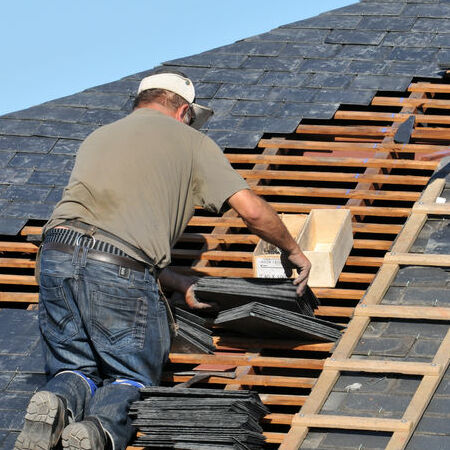
When to Replace Slate Roof
If your slate roof has been meticulously maintained, it is important for you to consider that it will be a long time until you need a new slate roof replacement. The best way to ascertain the current condition of your slate roof is to hire a professional roofing company to conduct a thorough roof inspection.
If you need a recommendation for your slate roof in Louisville and Chattanooga, TN, we are here to help. Please give our professional roofing company a call at 865-238-2628.
